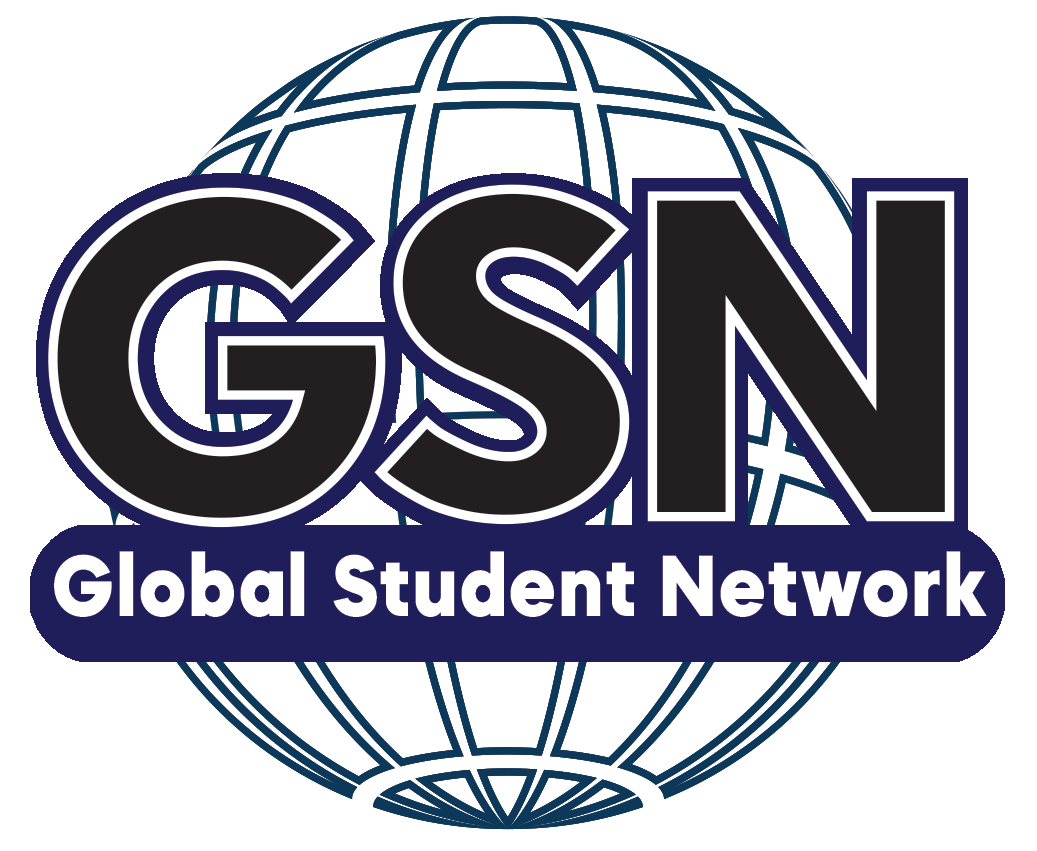It’s nearly May. Here on Colorado’s Front Range that means it’s time to box up the snow pants, boots, hats and mittens. Of course the mountains are still getting snow, but here on the high plains we should be done with that, as fun as it was.
So I need to go through the winter gear. Some of the snow pants have been outgrown, some of the mittens are worn out. If all goes according to plan, I’ll get rid of those items. I’m not going to keep what doesn’t fit anyone or something that won’t serve its purpose. That’s the plan anyway. (I must confess that there have been years where thorough inventory was thrown to the wind and everything was just shoved back in the plastic bin to be dealt with the next winter).
Taking a hard look at what’s working and what’s not does wonders for many areas of life beyond boots and scarfs. Personal goals, family chores, schedules, even room arrangements – all these benefit from a good sorting every once and awhile.
Homeschool curriculum is another that requires a seasonal critical eye. And this is the perfect time of the year to do just that. It is fresh in everyone’s mind right now what is working, what is not, what the needs will be after the summer break.
The same criteria for sorting my winter gear works for sorting homeschool curriculum.
Does it fit? Perhaps you’re noticing the language arts curriculum is lacking or the math curriculum is moving along too slowly. Maybe what was engaging your child so well last year isn’t fitting the bill this year. Or your high school curriculum may be working well now, but you know your student will be ready for a greater variety of electives next year.
Does it serve its purpose? Is the science curriculum instill frustration instead of curiosity? Perhaps the thing your student is learning in social studies is boredom. Whether a love for learning or a set of standards, decide what purpose your curricula are to serve and evaluate them accordingly.
If all your curricula will fit next year and serve their purpose – GREAT! You’re all set!!
If you curriculum comes up short, here are a few things to consider.
Online curriculum. If you are not using online curriculum currently, take a look at it. One of the set things about online learning is how customizable it is. Most programs issue lessons tailored to the student’s needs. If the student needs extra help, it is provided. If ready to pick up the pace, the program allows the student to excel. Because online curriculum is internet-based, flexibility is another perk. Students and families can choose when and where learning happens. Most importantly, research shows online learning is highly effective. Students take ownership of their learning and parents can track exact learning progress.
If you want to check out online curriculum, I would recommend two sites:
Global Student Network (www.globalstudentnetwork.com) GSN is very unique – instead of providing one curriculum, it offers six curricula. Whether you’re looking for Christian, secular, honors, AP – you can find what you need. You could research the same information by going from site to site, but the side-by-side comparison available at GSN saves you time and helps you make a clear choice. Also, GSN provides enrollment specialist (yes, real live people you can talk to!) to help with any questions you may have.
United Digital Learning (www.uniteddigitallearning.com) UDL is another site that offers something very unique. Like GSN, United Digital Learning also offers six curricula, however, UDL provides these curricula via monthly subscription. That means you can get a feel for a curriculum before you make a long term commitment. Monthly subscription makes online learning very affordable.
So all the best as you take inventory of your past academic year and think ahead to the next!
Copyright © 2014 J. Hoffman / Global Student Network
“If you liked this post – Great!! Please ask before you re-post. Thanks!”
Email: JHoffman@GlobalStudentNetwork.com

